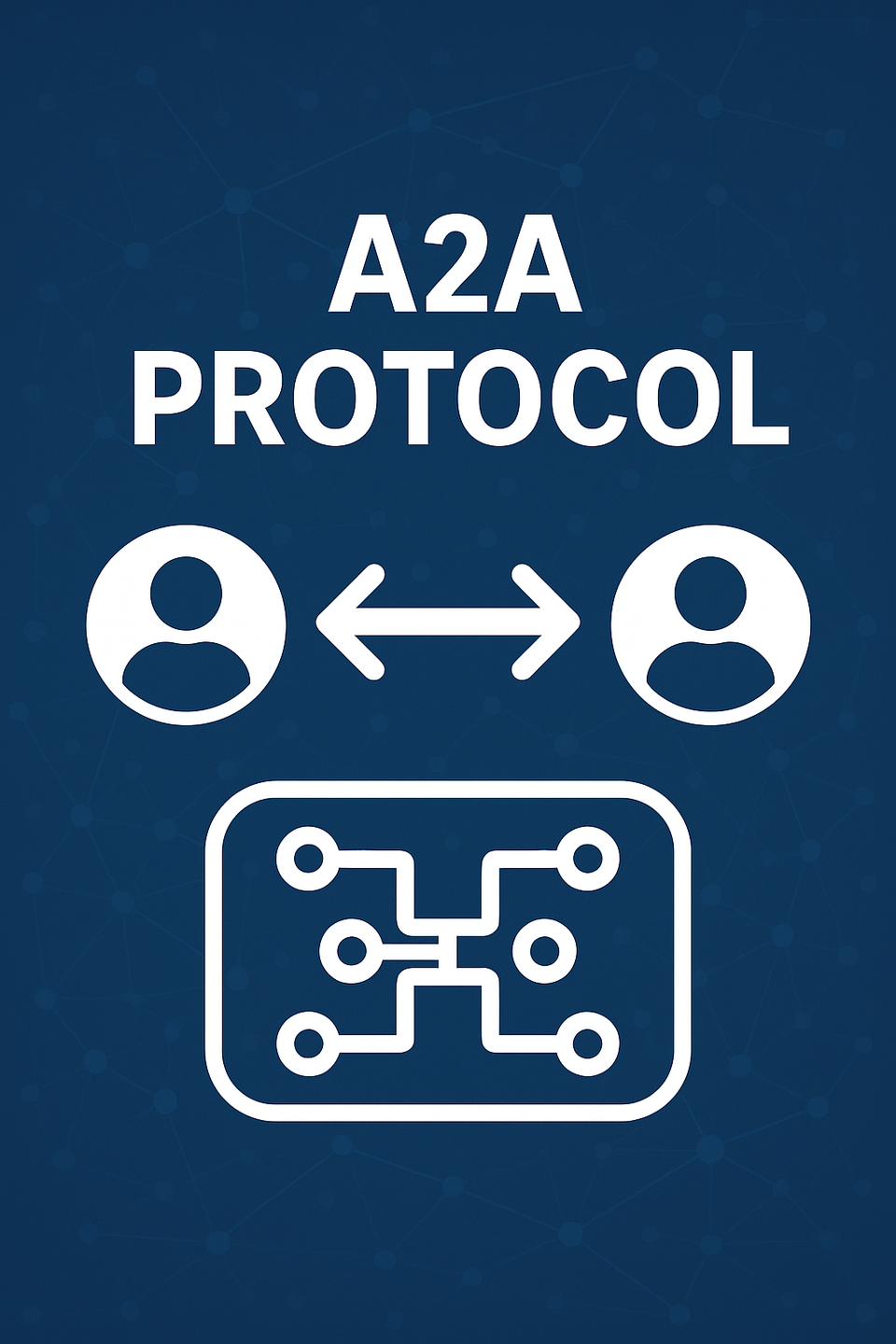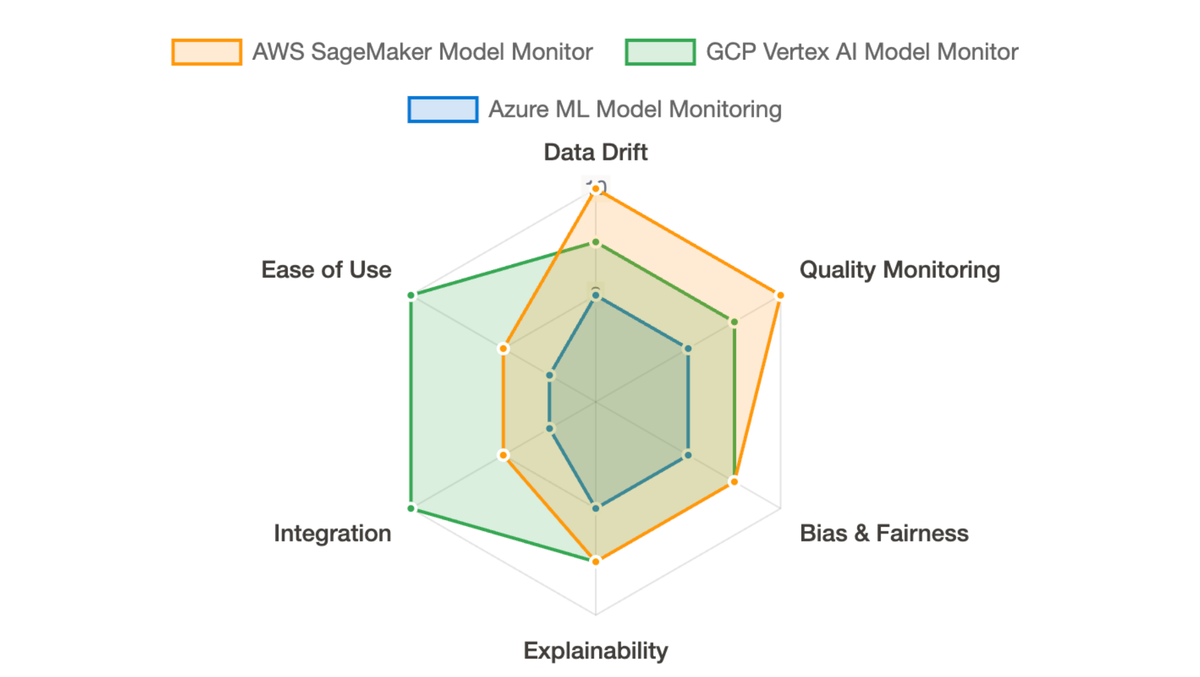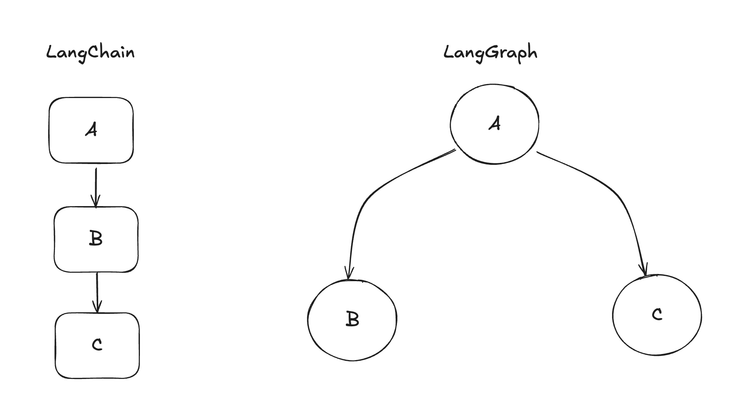What is A2A Protocol

Artificial Intelligence is rapidly moving beyond isolated, powerful models towards interconnected ecosystems of intelligent agents. In this context, seamless communication and collaboration between diverse AI entities are not just advantageous—it is essential. The Agent2Agent (A2A) protocol is an open standard poised to revolutionize how AI agents interact, cooperate, and deliver value across companies, platforms, and clouds.
At its core, A2A provides a standardized framework for agents to collaborate, facilitating robust communication between a "client" agent (the initiator of a task) and a "remote" agent (the performer). This protocol is more than just a communication channel; it’s a foundational layer that empowers AI systems to work together intelligently, securely, and efficiently, unlocking unprecedented levels of automation and innovation.
The Pillars of A2A
Key Advantages and Capabilities
The A2A protocol brings forth a multitude of benefits that address critical challenges in multi-agent systems, fostering a new era of interoperability and functionality.
Seamless Capability Discovery
One of the most significant advantages of A2A is its robust mechanism for capability discovery. Agents can publicly advertise their functionalities and services using an "Agent Card," typically formatted in JSON. This standardized metadata includes essential information such as the agent's name, version, hosting URL, description, supported input/output modalities, content types, authentication methods, and a list of its specific skills with tags and examples.
This advertising mechanism allows a client agent to dynamically identify and select the most suitable remote agent for a given task, even if the client agent was not explicitly programmed to interact with that specific remote agent beforehand. This dynamic negotiation capabilities enhances discoverability for AI services, fostering a flexible and adaptive environment where agents can be mixed and matched from various providers without requiring extensive custom integrations or hardcoded dependencies. The result is a more agile development process and a reduced need for brittle, one-off connectors.
Intelligent Task Management
A2A communication is inherently oriented towards task completion, streamlining complex workflows between agents. The protocol defines a "task" object with a clear lifecycle, allowing for both immediate responses and long-running processes. For tasks that require extended periods, agents can communicate to stay synchronized on the latest status, providing real-time feedback and updates.
The output of a completed task is known as an "artifact". This structured approach to task management enables the automation of complex, multi-step processes across various tools, teams, and platforms, significantly improving efficiency and reducing manual intervention. This makes A2A ideal for orchestrating powerful and autonomous AI-driven operations in scenarios like customer service automation, enterprise knowledge management, supply chain planning, and even software development.
Rich and Contextual Collaboration
Beyond simple requests and responses, A2A facilitates rich collaboration by enabling agents to exchange diverse messages. These messages can convey context, replies, artifacts, or even user instructions. The protocol supports the exchange of various content types, including text, files, structured data, and potentially richer media as it evolves.
This "modality-agnostic" design means that A2A can handle not just text-based interactions but also audio and video streaming, making it highly versatile for various AI applications. This robust communication framework breaks down technological silos, ensuring seamless integration between agents developed on different platforms or using disparate AI frameworks like TensorFlow or PyTorch. The ability to seamlessly share complex patient data in healthcare or coordinate across interdisciplinary queries in research exemplifies the power of A2A's collaborative capabilities.
Flexible User Experience Negotiation
The A2A protocol is designed with user experience in mind, allowing for sophisticated negotiation of content presentation. Each message within A2A includes "parts," which are self-contained pieces of content, such as a generated image or a block of text. Crucially, each part has a specified content type, enabling client and remote agents to negotiate the most suitable format for delivery.
This negotiation extends to explicitly include the user's User Interface (UI) capabilities, such as support for iframes, video playback, or web forms. This ensures that the information is presented in a way that is optimal for the end-user's environment and preferences, leading to a more intuitive and engaging AI experience.
Unparalleled Interoperability
Perhaps the most transformative aspect of A2A is its commitment to universal interoperability. By providing a common language for AI agents, A2A transcends traditional technological barriers and eliminates the need for bespoke integration solutions between different AI systems. This means agents from diverse technological backgrounds—regardless of their underlying frameworks or vendors—can communicate effortlessly.
This open standard significantly reduces development complexity, accelerates time-to-market for AI solutions, and crucially, helps businesses avoid vendor lock-in by allowing them to combine agents from various providers. A2A empowers developers to build specialized agents independently and then seamlessly plug them into larger workflows, much like microservices, fostering modular and composable architectures.
Enterprise-Grade Security
Security is a cornerstone of the A2A protocol. It incorporates comprehensive encryption, robust key control protocols, and mechanisms for establishing mutual trust between applications through authentication. Key security features include end-to-end encryption, dynamic authentication tokens, and comprehensive communication audit trails, creating an immutable record of agent interactions that enhances trust and accountability.
By standardizing the communication framework, A2A inherently reduces the complexity and potential vulnerabilities often present in custom-built communication solutions. Developers can focus on building sophisticated agent capabilities, confident that the underlying communication is secure and resilient.
Exceptional Scalability and Flexibility
A2A is designed for scalability, capable of easily accommodating an increasing number of applications and growing data volumes. Its modular design allows for easy protocol extensions, supporting heterogeneous AI agent ecosystems. The protocol's lightweight communication overhead and support for dynamic resource allocation contribute to its high adaptability.
Furthermore, A2A builds upon existing, widely adopted web standards such as HTTP, Server-Sent Events (SSE), and JSON-RPC. This makes it remarkably compatible with existing IT stacks that businesses already use daily, simplifying integration efforts and ensuring future-proofing as the AI landscape evolves.
Smarter Automation and Enhanced Efficiency
The combined advantages of A2A—dynamic discovery, structured task management, rich collaboration, and robust interoperability—culminate in significantly smarter automation and enhanced efficiency. Businesses can leverage A2A to automate complex, multi-actor workflows that were previously manual, unlocking deeper productivity gains. The protocol facilitates efficiency by reducing manual intervention through coordinated task execution and accelerates time-to-value for AI-powered solutions. The ability to add new agents without overhauling existing architecture makes A2A a foundation for truly scalable AI ecosystems.
Implementing A2A
A Glimpse into the Code
Implementing the A2A protocol involves defining agent capabilities, sending tasks, and managing communication flows. While a full-fledged implementation requires adherence to the A2A specification, we can illustrate the basic concepts with simplified Python examples.
The A2A protocol leverages the google_a2a Python SDK, which streamlines the development of multi-agent systems. The core idea revolves around agents publishing their capabilities via an "Agent Card" (a JSON document) and then interacting by sending and receiving "Task" objects via JSON-RPC over HTTP.
Defining an Agent Card (Conceptual JSON)
An Agent Card declares an agent's metadata and capabilities. Here is an example to illustrate this:
{
"name": "TranslationAgent",
"description": "An agent that translates text between languages.",
"url": "http://localhost:5000",
"version": "1.0",
"capabilities": [
{
"name": "translate",
"description": "Translates input text from one language to another.",
"input_schema": {
"type": "object",
"properties": {
"text": {"type": "string", "description": "The text to translate."},
"source_language": {"type": "string", "description": "Source language code (e.g., 'en')."},
"target_language": {"type": "string", "description": "Target language code (e.g., 'fr')."}
},
"required": ["text", "source_language", "target_language"]
},
"output_schema": {
"type": "object",
"properties": {
"translated_text": {"type": "string", "description": "The translated text."}
}
}
}
]
}This Agent Card describes a TranslationAgent with a translate capability, detailing its inputs and expected outputs.
Simplified Agent Implementation (Python with Flask - Illustrative)
An A2A agent can be built using a web framework like Flask to handle incoming JSON-RPC requests. This example shows a basic "EchoAgent" that simply echoes back a user's message, demonstrating the structure of an A2A task response:
from flask import Flask, request, jsonify
app = Flask(__name__)
# Define a simple Agent Card
AGENT_CARD = {
"name": "EchoAgent",
"description": "A simple agent that echoes back user messages.",
"url": "http://localhost:5000", # The base URL where this agent is hosted
"version": "1.0",
"capabilities": [
{
"name": "echo",
"description": "Echoes back the input message.",
"input_schema": {"type": "object", "properties": {"message": {"type": "string"}}},
"output_schema": {"type": "object", "properties": {"echoed_message": {"type": "string"}}}
}
]
}
# Endpoint for the Agent Card
@app.route("/.well-known/agent.json", methods=["GET"])
def get_agent_card():
return jsonify(AGENT_CARD)
# Main A2A task handling endpoint
@app.route("/agent", methods=["POST"])
def handle_a2a_task():
task_request = request.json
if not task_request:
return jsonify({"error": "Invalid JSON request"}), 400
task_id = task_request.get("id")
method = task_request.get("method")
params = task_request.get("params", {})
if method == "tasks/send": # A common A2A method for sending tasks
try:
# Assuming the user message is in task_request["message"]["parts"][0]["text"]
user_message_part = task_request["params"]["message"]["parts"][0]
user_message = user_message_part.get("text", "")
agent_reply_text = f"Hello! You said: '{user_message}'"
# Formulate the response in A2A Task format
response_task = {
"jsonrpc": "2.0",
"id": task_id,
"result": {
"id": task_id,
"status": {"state": "completed"},
"artifacts": [
{
"parts": [{"type": "text", "text": agent_reply_text}],
"index": 0
}
]
}
}
return jsonify(response_task)
except Exception as e:
return jsonify({
"jsonrpc": "2.0",
"id": task_id,
"error": {"code": -32602, "message": f"Invalid request format: {e}"}
}), 400
else:
return jsonify({
"jsonrpc": "2.0",
"id": task_id,
"error": {"code": -32601, "message": "Method not found"}
}), 405
if __name__ == "__main__":
app.run(host="0.0.0.0", port=5000)This Python code sets up a basic Flask server that acts as an A2A agent. It exposes an endpoint for its Agent Card and another endpoint (/agent) to receive and process A2A task requests. When a message is sent, it extracts the text and constructs a response following the A2A task result format.
Simplified Client Interaction (Python - Illustrative)
A client agent can send a task to a remote A2A agent using HTTP POST requests, conforming to the JSON-RPC structure:
import requests
import json
def send_a2a_message(agent_url, message_text, task_id="task123"):
"""Sends a message to an A2A agent and prints the response."""
payload = {
"jsonrpc": "2.0",
"id": task_id,
"method": "tasks/send",
"params": {
"message": {
"role": "user",
"parts": [{"type": "text", "text": message_text}]
}
}
}
try:
response = requests.post(f"{agent_url}/agent", json=payload)
response.raise_for_status() # Raise an exception for bad status codes
print(f"Response from agent:\n{json.dumps(response.json(), indent=2)}")
return response.json()
except requests.exceptions.RequestException as e:
print(f"Error communicating with agent: {e}")
return None
if __name__ == "__main__":
# Assuming the EchoAgent from the previous example is running at http://localhost:5000
echo_agent_url = "http://localhost:5000"
print("--- Sending message to EchoAgent ---")
send_a2a_message(echo_agent_url, "Hello A2A Protocol!")
print("\n--- Sending another message ---")
send_a2a_message(echo_agent_url, "How are you doing today?", "task456")This client-side code constructs a JSON-RPC request containing the user's message within an A2A "Task" object and sends it to the running EchoAgent. It then prints the JSON response received from the agent.
These examples are highly simplified to illustrate the core interaction concepts. Real-world A2A implementations would involve more complex task definitions, error handling, state management for long-running tasks, and secure authentication mechanisms. The google_a2a GitHub repository provides more comprehensive samples for various scenarios.
Conclusion
The Agent2Agent (A2A) protocol represents a pivotal advancement in the evolution of artificial intelligence. By establishing an open and standardized way for AI agents to discover each other, manage tasks, collaborate, and negotiate user experiences, A2A is breaking down the traditional barriers that have hindered large-scale AI system development.
Its focus on interoperability, robust security, scalability, and enhanced automation positions A2A as a cornerstone for future AI ecosystems. As AI capabilities continue to expand, A2A will be instrumental in fostering innovation, creating more powerful and versatile agentic systems, and paving the way for a future where intelligent agents seamlessly collaborate to solve increasingly complex problems and profoundly enhance our lives. The A2A protocol is not just a technical specification; it's a blueprint for a more connected, collaborative, and intelligent AI-driven world.
Read more:





